 When I first came to NIFS more than a decade ago (I know, right?), I brought BOSU Conditioning with me, and the NIFS community welcomed it with open arms (and legs, and core…you get the idea). I was fresh out of a training opportunity with the inventor of the BOSU, David Weck, while working at another gym. I took to the BOSU very quickly and loved the many training dimensions it provided and wanted to share it with as many folks as I could.
When I first came to NIFS more than a decade ago (I know, right?), I brought BOSU Conditioning with me, and the NIFS community welcomed it with open arms (and legs, and core…you get the idea). I was fresh out of a training opportunity with the inventor of the BOSU, David Weck, while working at another gym. I took to the BOSU very quickly and loved the many training dimensions it provided and wanted to share it with as many folks as I could.
In its debut here at NIFS, BOSU was a hit and saw eight great years on the class schedule with many great instructors and class designs. But it needed a break. Finally that break is over, and BOSU has returned to the class schedule and is getting a lot of hype again!
What Makes BOSU So Awesome?
Here are few things you need to know about this powerful, multi-use fitness tool:
- BOSU stands for BOth Sides Utilized. This refers to the ball itself. You can use the dome side as well as the platform (flat side) for so many different movements. Both sides utilized also pertains to using both sides of the body in harmony.
- You can train all aspects of fitness utilizing the BOSU, including mobility, stability, core strength, power, strength, and cardio.
- Movement options are endless and can be adapted to the fitness level of the user.
- Movements can become three-dimensional, which is how we move in the real world.
- Provides an unstable surface, forcing the user to use important stabilizer muscles of the entire body.
Here are some videos that show some of those movements:
Five Reasons to Try BOSU
Now that we all agree that the BOSU is pretty awesome, here are some reasons to stop waiting and just take a class already. You won’t regret it!
- Be different: There is no other tool like the BOSU, so a class session designed around this one-of-a-kind piece of equipment will be very different from any class you might have experienced. We use different body positions and equipment differently than most training disciplines, making each class different than the last.
- Options for movement: There are countless options for different movement patterns that can be adjusted to suit any fitness level. No matter whether it is your first time on the ball or your 50th, the BOSU finds a way to challenge you.
- Specific adaptations: As mentioned before, the BOSU is an unstable surface that will increase the usage of small stabilizing muscles that are found all over the body globally, and locally to the area directly in contact with the BOSU. An unstable surface elicits a specific adaption of stability. “Use more, burn more" is a direct effect from a class; the more muscle you have to use, the more energy you will burn. If the goal is to increase your stability, balance, and core strength, the BOSU will provide that specific adaptation.
- Unique experience: There are exercises that are done on the BOSU ball, and then there are BOSU movements, both providing a unique exercise experience. There are also unique training effects that can only come from working with the BOSU. Effects such as the increased usage of the foot for grip and stability, which aids in all movement on a stable or unstable surface.
There are plenty more reasons why should try a BOSU class right away, but there are only four letters in the word. So what are you waiting for? Come see me on Sundays at 10am and realize what the BOSU can do for you!
This blog was written by Tony Maloney, ACSM Certified Exercise Physiologist and Fitness Center Manager. To find out more about the NIFS bloggers, click here.

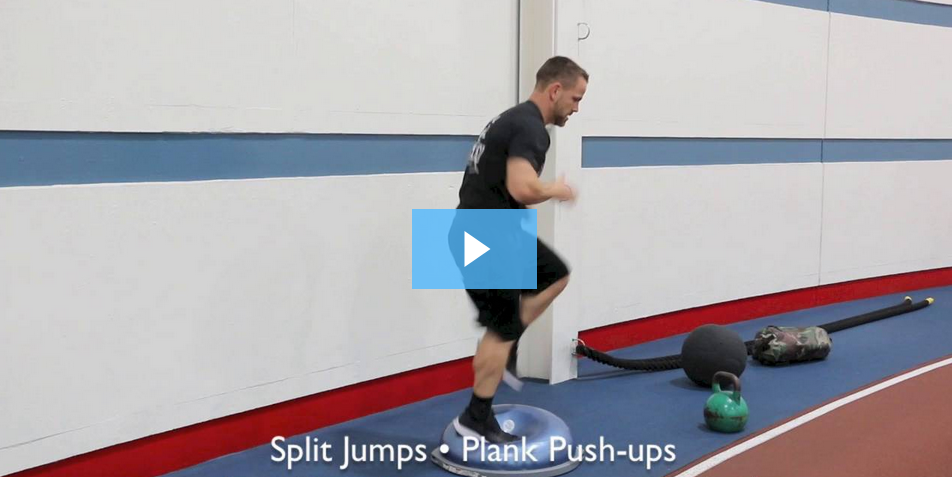
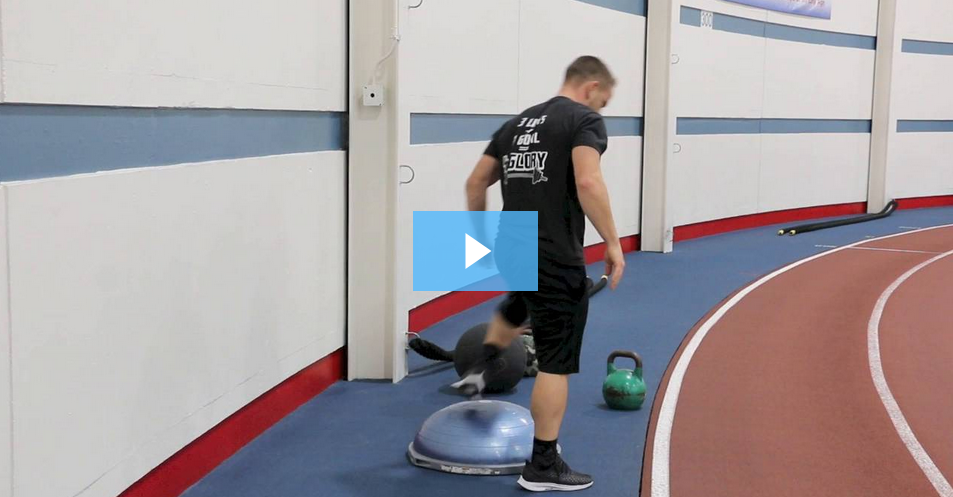

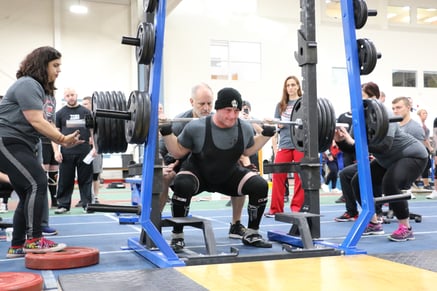 Almost five years ago, the team and I hosted the first ever powerlifting event here at NIFS. Also known as the Iron Triathlon (shirt slogan spoiler alert), the first year was a modest one with 25 athletes competing. This year, the competition registration sold out in just under three days! From our humble beginnings to this year’s event, it’s been a ride. There has been so much hard work, resulting in so many smiles and victories for both the athletes and the crew. We have learned a lot from year one to now, and we have developed from our challenges and gotten better each year.
Almost five years ago, the team and I hosted the first ever powerlifting event here at NIFS. Also known as the Iron Triathlon (shirt slogan spoiler alert), the first year was a modest one with 25 athletes competing. This year, the competition registration sold out in just under three days! From our humble beginnings to this year’s event, it’s been a ride. There has been so much hard work, resulting in so many smiles and victories for both the athletes and the crew. We have learned a lot from year one to now, and we have developed from our challenges and gotten better each year.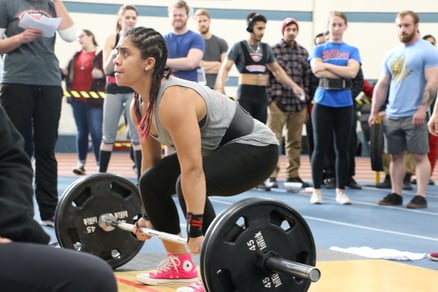 One thing we hear a lot is how inclusive and supportive the environment is on event day. Even though athletes arrive to be victorious over one another, they all support and cheer on each other to do their best. I think the sport of powerlifting is just this way, but I also think the NIFS event intensifies the comradery among these athletes. It sounds corny, but there is something in the air that day, something that reinforces that it’s “WE” and not just “I.”
One thing we hear a lot is how inclusive and supportive the environment is on event day. Even though athletes arrive to be victorious over one another, they all support and cheer on each other to do their best. I think the sport of powerlifting is just this way, but I also think the NIFS event intensifies the comradery among these athletes. It sounds corny, but there is something in the air that day, something that reinforces that it’s “WE” and not just “I.”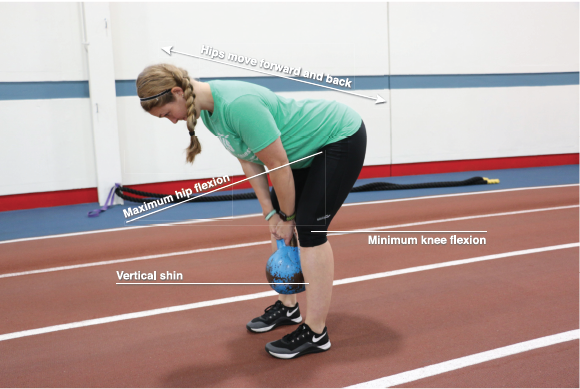
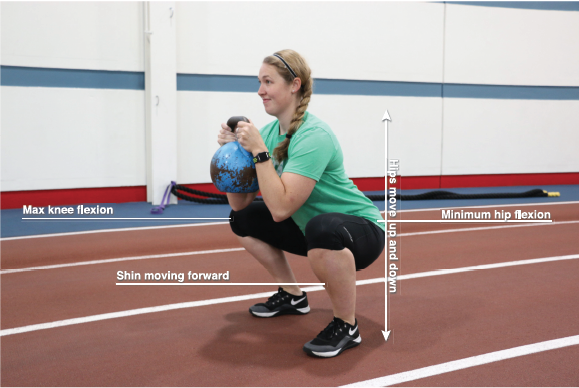
 The peripheral pollution surrounding what fitness and wellness should look like and how you get there is near epidemic status. The topic of high-intensity training receives the majority of the attention, with using Olympic lifts for conditioning a close second. And oh, what is “Insta-worthy” is atop the pollution charts as well. Okay, so that last one was a personal gripe more than based on empirical data. No matter; there are so many messages out there, many of them incorrect and downright unsafe, that it is hard to wade through the muck to get to the clear and beneficial information.
The peripheral pollution surrounding what fitness and wellness should look like and how you get there is near epidemic status. The topic of high-intensity training receives the majority of the attention, with using Olympic lifts for conditioning a close second. And oh, what is “Insta-worthy” is atop the pollution charts as well. Okay, so that last one was a personal gripe more than based on empirical data. No matter; there are so many messages out there, many of them incorrect and downright unsafe, that it is hard to wade through the muck to get to the clear and beneficial information.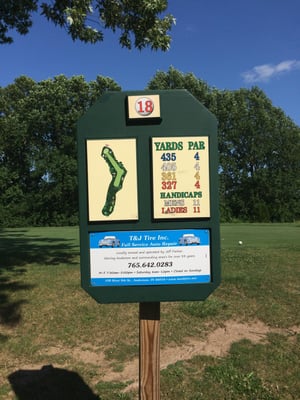 I celebrated my 40th birthday almost a year ago but postponed writing the “I’m 40 now” blog until now, mainly because it is a bit played out. But more importantly, I wanted to see what this 40 thing was all about before writing about it.
I celebrated my 40th birthday almost a year ago but postponed writing the “I’m 40 now” blog until now, mainly because it is a bit played out. But more importantly, I wanted to see what this 40 thing was all about before writing about it.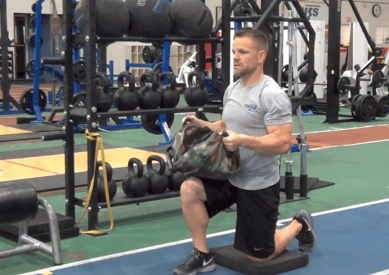 Check your expectations/mindset. Although it can be hard to handle at times (believe me), physical abilities are going to change and it is important to evaluate and adjust your expectations. This will help when you are faced with a physical challenge that you might have formerly handled pretty easily, to determine whether you should attempt it or live to fight another day. Your mindset is your story; now it’s just the next chapter. Negative self-talk about what you used to be able to do will not help in moving forward positively. I have found it helpful to manage the minimums and find that new normal. This will keep you safe both physically and mentally.
Check your expectations/mindset. Although it can be hard to handle at times (believe me), physical abilities are going to change and it is important to evaluate and adjust your expectations. This will help when you are faced with a physical challenge that you might have formerly handled pretty easily, to determine whether you should attempt it or live to fight another day. Your mindset is your story; now it’s just the next chapter. Negative self-talk about what you used to be able to do will not help in moving forward positively. I have found it helpful to manage the minimums and find that new normal. This will keep you safe both physically and mentally.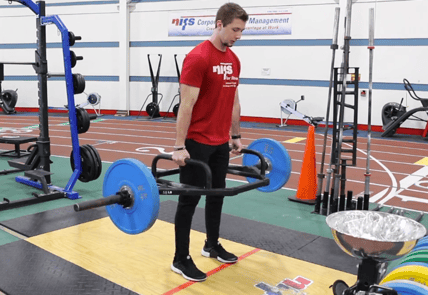 As a fitness professional I approach training and helping people from the direction that principles guide methods. The reason for this is that methods and fads will always change, but principles never do. It’s beneficial that the methods and variations of movements change from time to time, as long as the decision to change them is based on solid principles and reasoning. Variations are great, such as a change in foot position in a squat, adding load to a plank position, or varying the implement you are using during the exercise. One implement change that can pay heavy dividends (pun very much intended) is using a specialty lifting bar.
As a fitness professional I approach training and helping people from the direction that principles guide methods. The reason for this is that methods and fads will always change, but principles never do. It’s beneficial that the methods and variations of movements change from time to time, as long as the decision to change them is based on solid principles and reasoning. Variations are great, such as a change in foot position in a squat, adding load to a plank position, or varying the implement you are using during the exercise. One implement change that can pay heavy dividends (pun very much intended) is using a specialty lifting bar.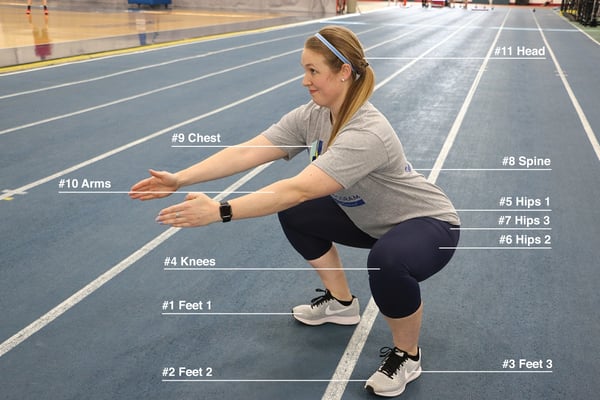
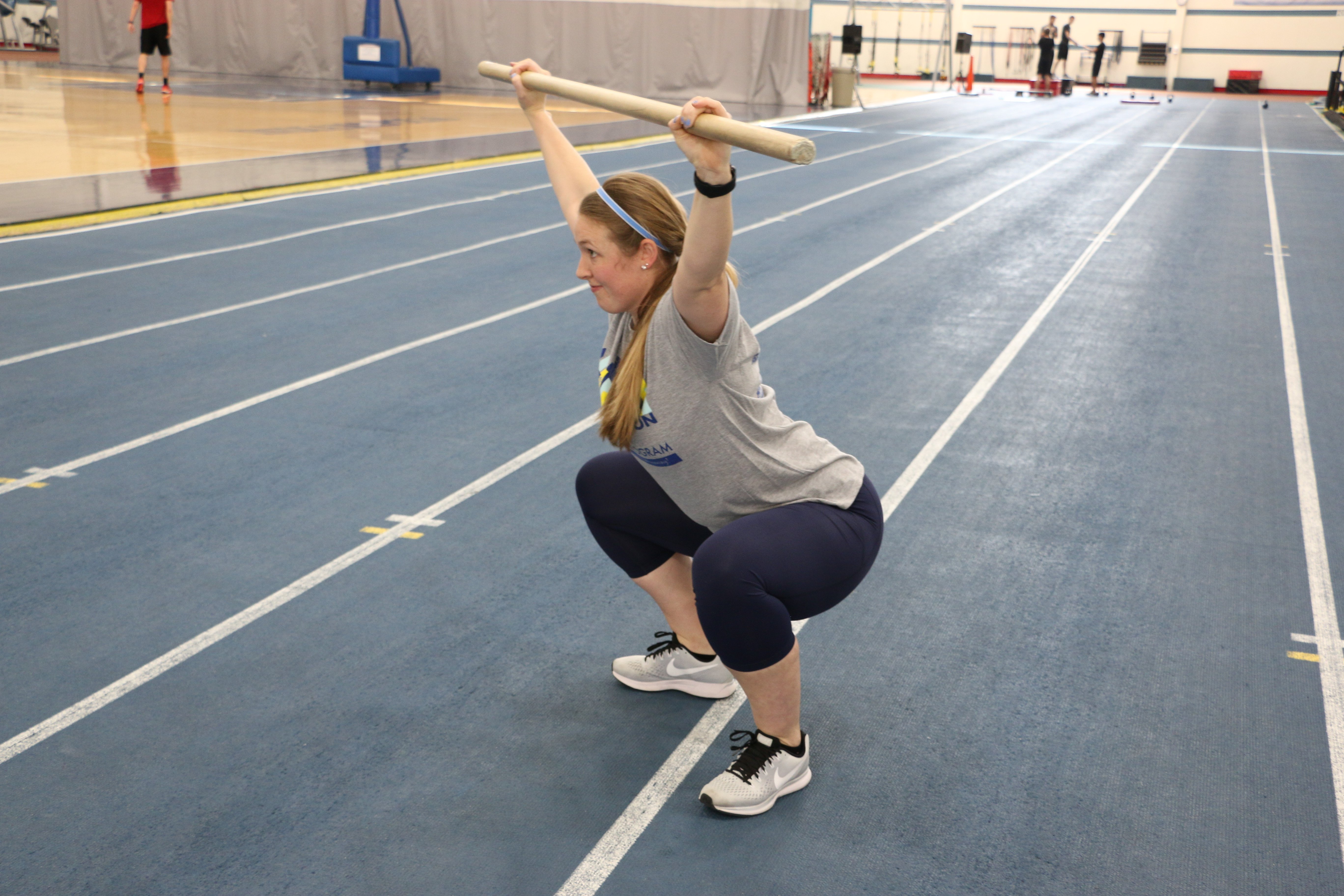
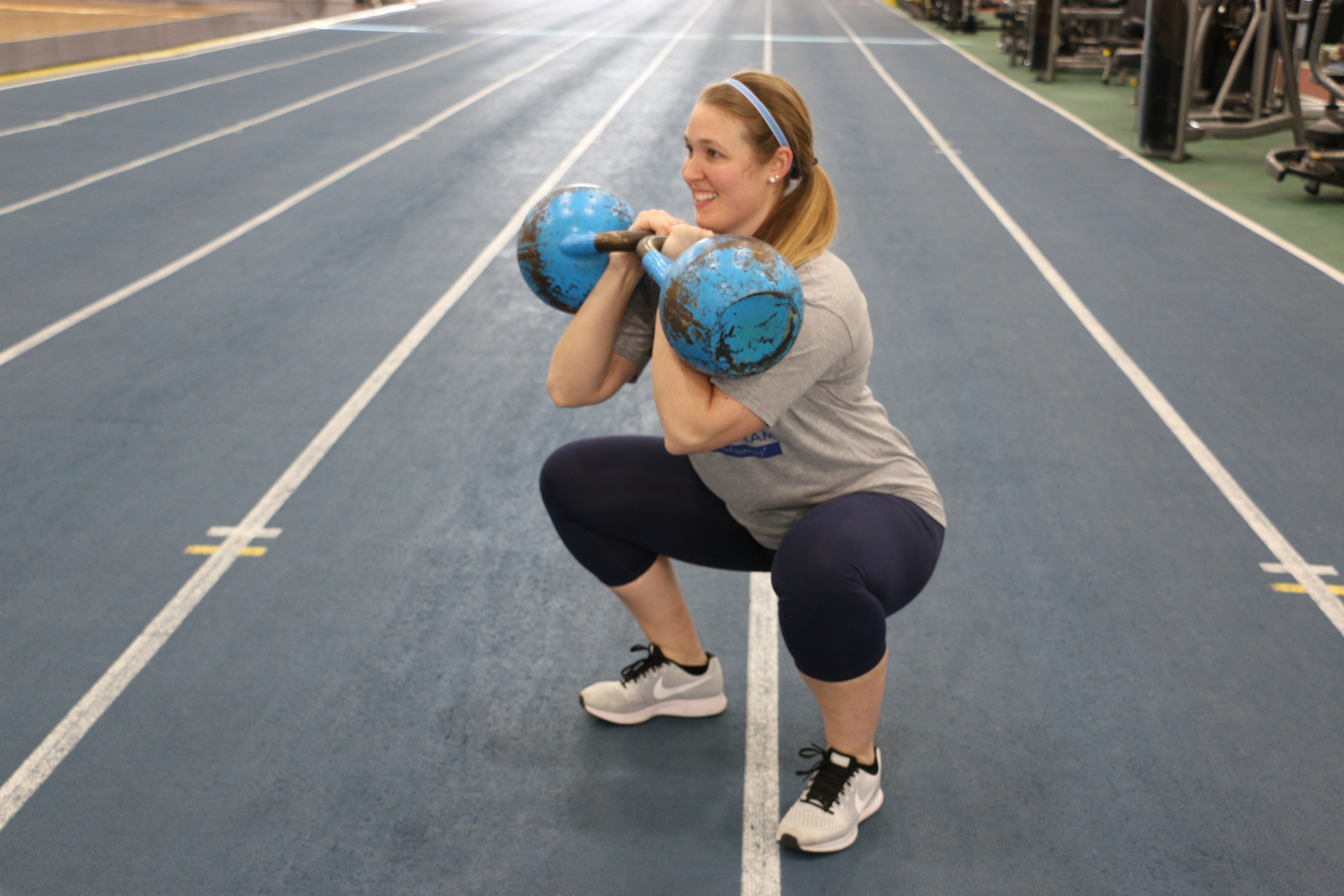
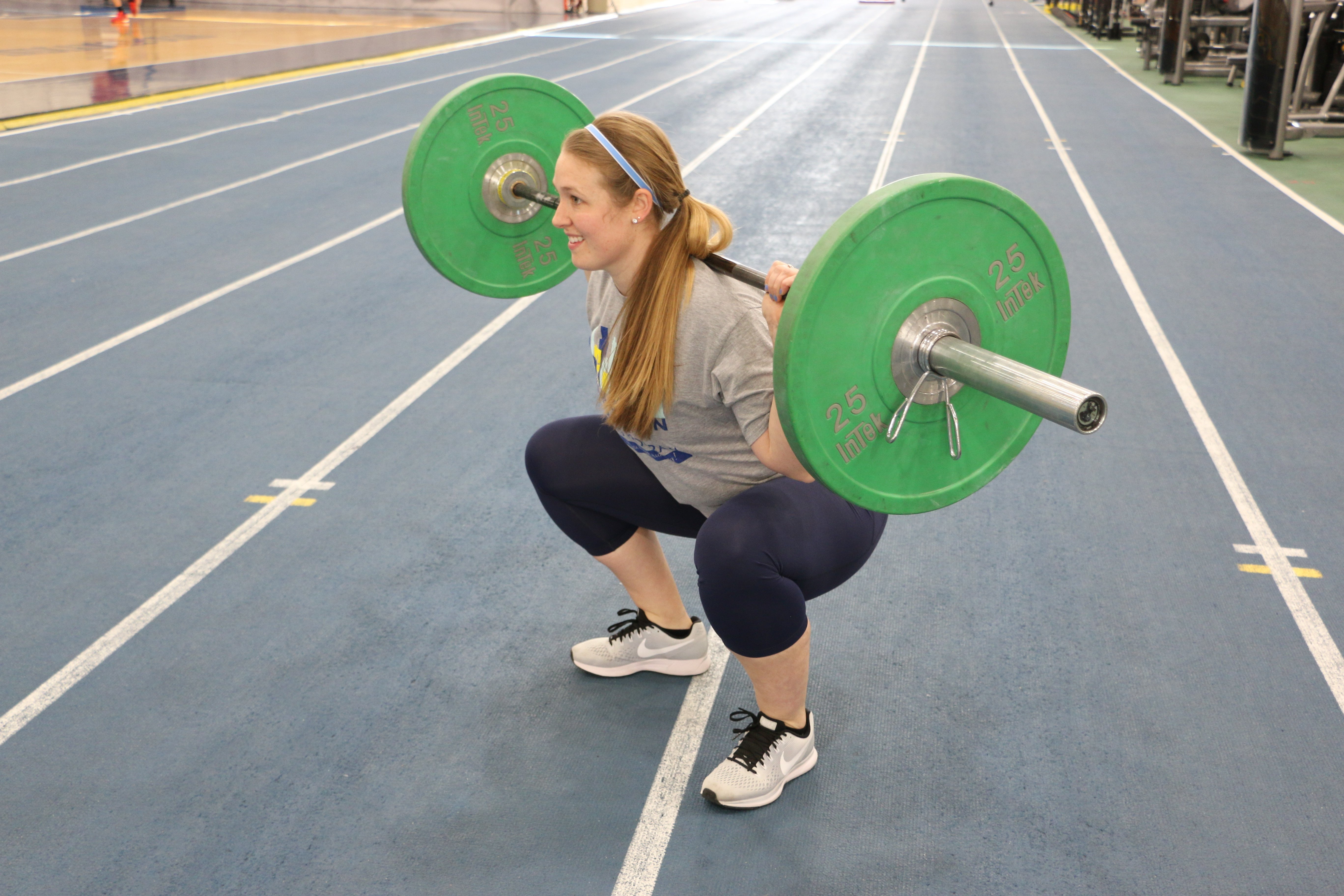
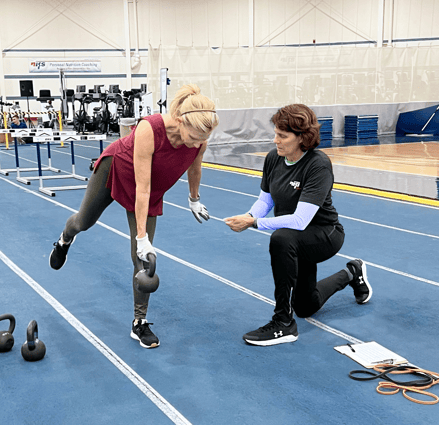 “Success favors the prepared” is one of my favorite quotes highlighting what it takes to be successful in life and any pursuit that interests you. Without preparation and planning, effort and action really have no direction, which can result in you being lost. I would also offer that a misguided workout plan, although it’s a plan you didn’t have before, can be just as detrimental to your success. So having an exercise plan is really important, but having a solid and well-thought-out plan is super important!
“Success favors the prepared” is one of my favorite quotes highlighting what it takes to be successful in life and any pursuit that interests you. Without preparation and planning, effort and action really have no direction, which can result in you being lost. I would also offer that a misguided workout plan, although it’s a plan you didn’t have before, can be just as detrimental to your success. So having an exercise plan is really important, but having a solid and well-thought-out plan is super important!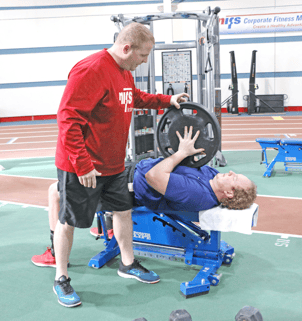 “Move well then move often”
“Move well then move often”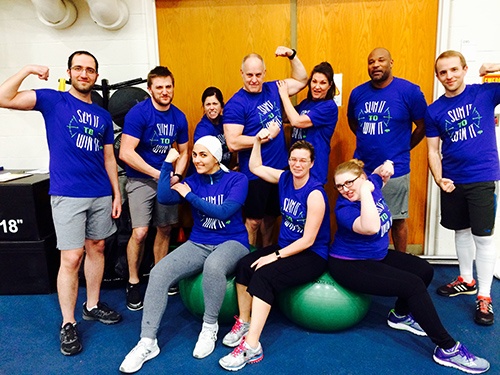 The NIFS 2018
The NIFS 2018